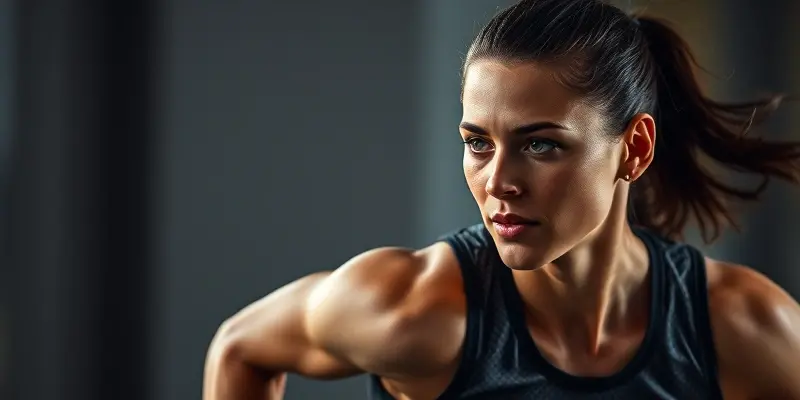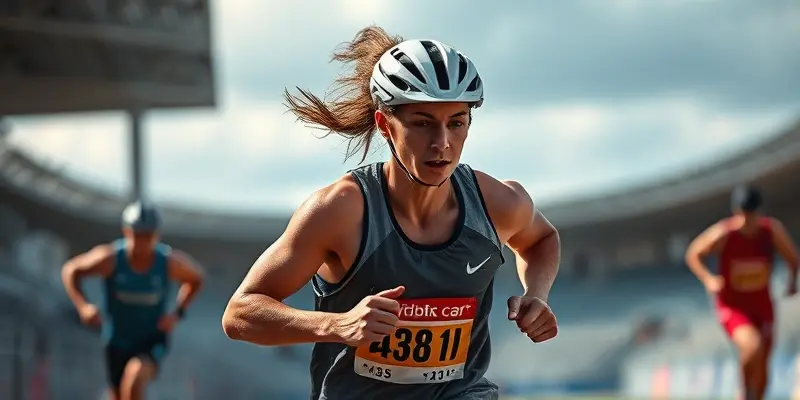What Gabby Reece Teaches Us About Recovery, Resilience, and Preventing Sports Injuries
Sports injuries can sideline even the most dedicated athlete—and recovery isn’t just about waiting; it’s about working smarter. Gabby Reece, legendary volleyball pro and health advocate, proves how true mastery blends performance with resilience. Today, we’ll explore her real-world recovery toolkit and offer practical guidance you can use to prevent injuries and bounce back stronger—whether you’re just getting started, training for competition, or simply leading an active life.
Gabby Reece: Balancing Elite Performance and Real-World Recovery
Gabby Reece’s powerful presence in pro volleyball came with its share of physical tolls—think serious knee injuries and, eventually, a knee replacement. What sets her apart isn’t just her stats or medals, but how she handled those setbacks. She found strength not only in athletics, but in prioritizing her family, advocating for health, and developing real, science-backed solutions to the recovery puzzle.
Reece’s story highlights the same struggles and victories everyday athletes face: juggling training, work, and family, all while learning when to push and when to rest. It’s this lived experience that makes her lessons worth listening to—she’s been there, done that, and come out stronger.
Common Sports Injuries: Insights from Volleyball (and Beyond)
While every sport has its risks, some injuries appear again and again—especially in high-impact activities like volleyball. Gabby Reece’s journey shines a light on these problem areas:
- Knee Injuries: ACL tears, meniscus damage, and general wear—Reece battled them all. Volleyball’s jumps and landings make knees a frequent casualty.
- Ankle Sprains: Quick side-to-side movement and landing on other players’ feet often spell trouble for ankles.
- Shoulder Strains: Powerful serves and spikes can overwork the shoulder, risking rotator cuff issues.
Knowing what to watch for is step one. The next? Smart prevention.
Smart Prevention and Recovery: Strategies That Work
Keeping injuries at bay—and coming back stronger—requires more than hope. Here’s how Reece’s approach breaks it down:
1. Prioritize Proper Warm-Ups and Strength Training
Warm muscles and mobile joints are less likely to get hurt. Dynamic stretching, sport-specific drills, and targeted strength work (think: glute and core activation to support the knees) protect your most vulnerable areas. Reece always emphasizes building a solid foundation before pushing limits.
2. Embrace Gradual Return After Injury
After her knee replacement, Reece didn’t rush back. Instead, she focused on slow, gentle movement—walking, water therapy, light resistance. She listened to her body’s feedback, only escalating effort when it made sense. For any athlete, patience in rehab is a superpower. For a detailed approach to such recovery steps, see our injury recovery checklist.
3. Integrate Rest, Nutrition, and Smart Tools
Rest isn’t a sign of weakness—it’s where repair and adaptation happen. Reece balances hard training with intentional downtime, making space for both body and mind to recover. She adds tools like foam rollers, massage balls, and even cold-water baths (as featured in her XPT® programs) to accelerate muscle repair and reduce inflammation.
4. Build Mental Resilience: Celebrate Progress, Not Perfection
Injury can feel like failure—but Reece reframes it. She sees downtime as a chance to learn new skills, reconnect with family, or simply appreciate movement’s joy again. Setting small, realistic goals (from “I’ll walk pain-free today” to “I’ll practice breathwork”) keeps you motivated through setbacks.
Nutrition, Gadgets, and Extra Support for Healing
What you put in your body matters. Reece is known for her whole-food, anti-inflammatory diet—lots of fresh produce, lean proteins, and healthy fats. Hydration is key, too. If you want an edge, consider:
- Superfood blends (powdered greens, adaptogens, etc.)
- Mobility gadgets (foam rollers, massage balls, percussive massagers)
- Breathwork and cold therapy for circulation, focus, and recovery
You don’t need every product or superfood to succeed. Start with the basics: nourish, hydrate, and explore what makes you feel better, not just what’s trendy.
Takeaways and Motivation: Apply Gabby’s Strategies in Your Life
Everyone faces injury sooner or later—the champion’s move is how you respond. Here’s how to bring a bit of Gabby Reece’s resilience into your own journey:
- Warm up, strengthen, and listen to your body.
- Don’t rush recovery—consistency beats intensity.
- Eat well, rest smart, and use tools that help you heal.
- Celebrate progress—every small win adds up.
Remember, injury prevention and recovery aren’t detours from your fitness path—they’re the very foundation of long, active, vibrant living. If Gabby Reece can thrive through setbacks, so can you. Start today, and let your comeback be even stronger than your setback.
About the Author:
Written by your GymPulse expert—here to help you stay strong, healthy, and motivated, every step of your fitness journey.

